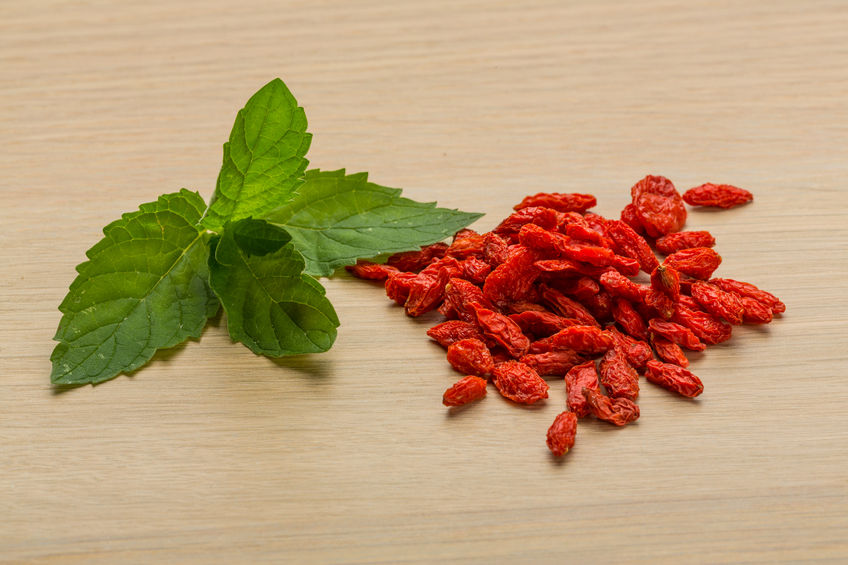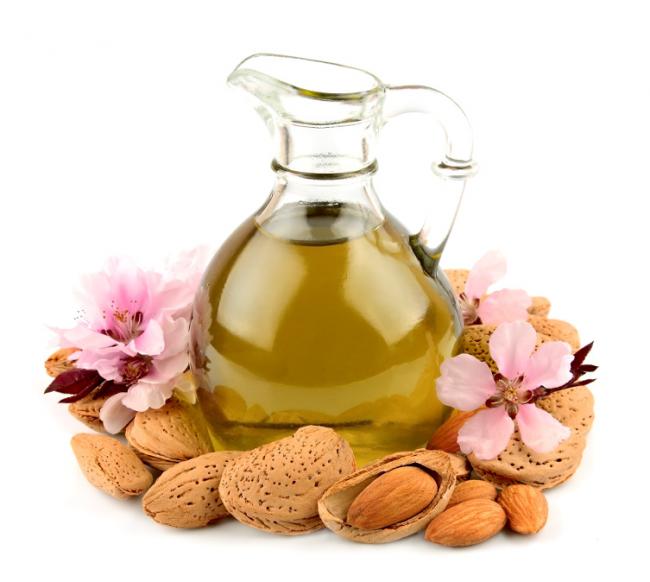News
- Antibacterial Activity of Essential Oils of Tagetes minuta
01 Nov 16
- Effect of daily vitamin D supplementation helps with fatty liver
01 Nov 16
- Genome association shows variation in vitamin D receptor influences gut bacteria
01 Nov 16
- Effect of diet and exercise on quality of life and heart failure
01 Sep 16
- Non-alcoholic fatty liver disease treated with acupuncture
01 Sep 16
- Vitamin B3 for Skin Cancer chemoprevention
01 Sep 16
- Magnesium intake and incidence of pancreatic cancer
01 Sep 16
- Vitamin D for Asthma prevention through prenatal supplementation
01 Sep 16
- Vitamin D supplementation in hypertensive patients for hemoglobin level improvements
15 May 16
- Fish oil and zinc for ADHD
15 May 16
- Alternative Medicine options for Ear Infections
15 May 16
- Hydrotherapy for migraines
15 May 16
- Abscisic acid improves glucose tolerance
15 May 16
- Herbal Medicine for Low Back Pain
07 Feb 16
- Effects of Tribulus terrestris on testosterone levels and erectile function
07 Feb 16











